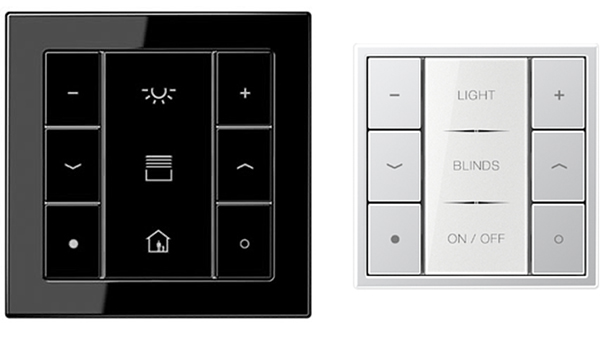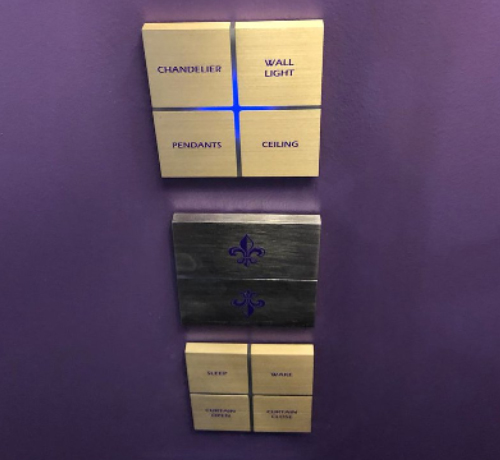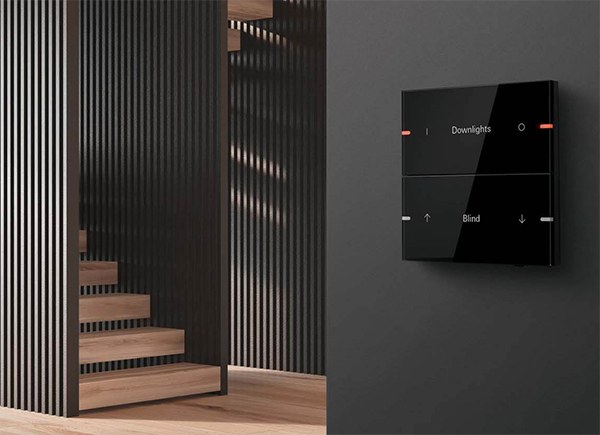
By Simon Buddle, Future Ready Homes.
It is beginning to feel like a very long year. This office desk of mine has spent far too many days confused by my Zoom shirt/shorts dress combination. It, like me, could do with a few days off from the ongoing low-level stress and isolation. We are, after all, social animals; we like to gather, to chat and debate. For us techies, the cross- pollination of ideas, exchanging of opinions on products, and poring over the latest industry news is best done at trade shows, training courses or over a beer. That is how we know what is going on. This is a strange and alien place for us right now – somehow it feels as if the feedback loop is broken, but I take heart that things won’t stay the same, whilst also pondering some basic truths in our industry, that never change.
What the customer really needs
It has long been a belief that we should program systems to be simple and intuitive to use. Push-and-hold buttons, double-taps or combinations of button presses are moving squarely into the world of James Bond and secret car dashboards that enable machine guns to be fired through the radiator grille. End users should, of course, be given the opportunity to customise their system, and our role is to inform and guide the homeowner’s choices based upon the practicalities, capabilities, and our previous experiences.

There is, after all, something obvious and simple about the 230V on/off light switch that adorns the vast majority of walls as the primary point of lighting control. The standard doorbell is universally understood, due to location and singularity. And yet for both of these devices, it is not that their function is obvious to anyone who approaches them, but more that they are ubiquitous and familiar. We understand them because we have grown up with them.
Put yourself in a novice’s shoes
If we can step outside of our zone of understanding for a few hours and create an imaginary persona who has never come into contact with KNX or, for that matter, any other smart technology, how does the house look to that person? I’ve seen many large square taps in showers that look not so dissimilar to some smart light switches. Do I turn it or push it? Will it release a wrecking ball, Indiana Jones style? Zoom in closer still, and we find some buttons that have no tactile feedback. To the uninitiated, there is no way to know if the button has been pressed or not.
How many buttons to have and the choice of keypad styles should be carefully considered and discussed with the homeowner. The WC probably only requires one. And there’s a discussion to be had about the eight or sixteen functions available on some of the more complex keypads.

Provide feedback
However you choose to configure the client’s keypads, it is important to take the guesswork out of controls. Icons and engraving are widely available and do give those less familiar the vital piece of information required. Also important is to
provide feedback. If possible, use keypad LEDs to demonstrate that a button has been pushed, or better still, that the desired action has taken place. A change of LED state from red to green or off to blue for example, could indicate that the relevant system function has been carried out.

Keep things simple
The technology should make the home smarter and easier to use. The focus on form in combination with function during the design stage can create intuitive controls appropriate to the home and users. It is true that getting a customer’s attention for more than 20 minutes is usually challenging. Often, we’re left with a back and forth email discussion which will undoubtedly leave some matters unresolved, but it is worth the hassle in order to provide the right solution. Selling the customer the expensive keypads with too many buttons will almost certainly lead to trouble further down the line.

Using KNX, we are in the fortunate position that we can place any keypad onto the bus, so this does make it easy for us to give our customers choice. Conversely, I recently saw an old proprietary lighting control system where they had a ‘classic’ keypad style with five buttons as the only option. So to maintain the ‘classic’ aesthetic throughout the home meant five buttons on all keypads; even for the single downlight in the WC!
Lighting control can be broadly setup as either scene or circuit control. The larger the room, typically the more circuits, lending itself to buttons set up as scene controls. Lighting pathways to kitchens and or bathrooms is a positive use of lighting controls. The important point here is to get into a discussion with the homeowner to agree this, and therefore agree keypad engraving and feedback across the property.
Conclusion
Simplicity and clarity are nearly always the best solution. Just because you can get all James Bondish, doesn’t mean you should. When the grandparents come to babysit, the success of the controls will be judged. If Grandma and Grandpa can use the controls, then everyone can, and the KNX installation will be deemed a success.
Simon Buddle CEng MIET, is a consultant for Future Ready Homes, a specialist in BMS and ELV services system design.











